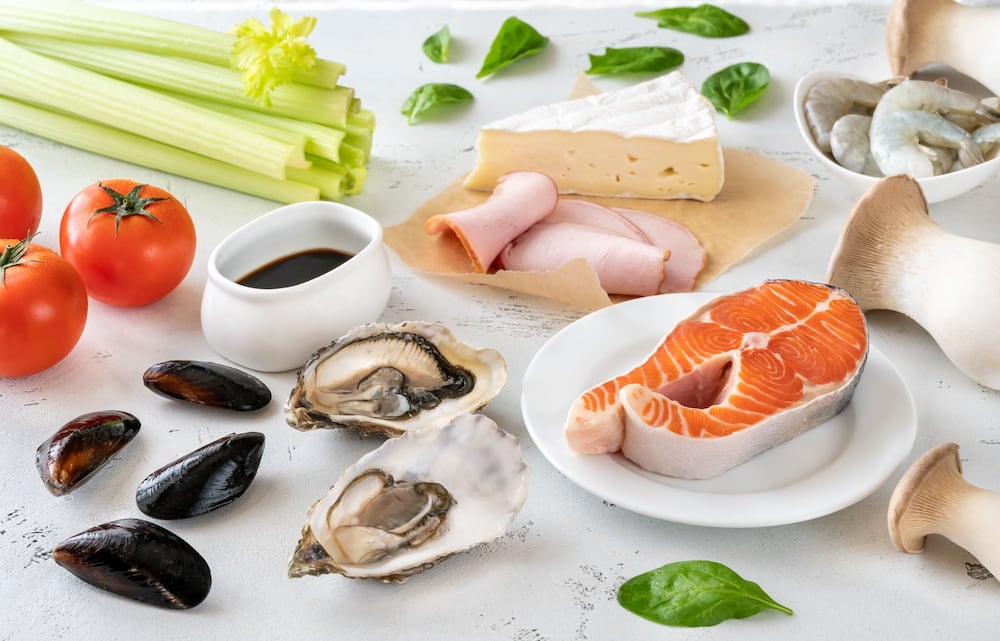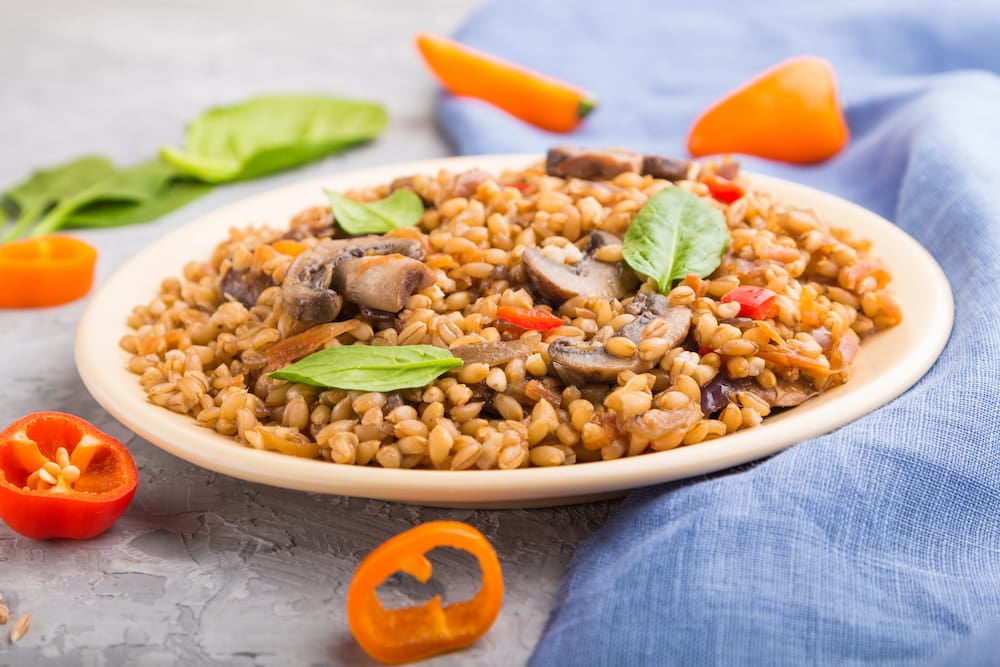
Hello friends and friends! Today in Paulina we reveal a mystery. Let’s talk about UMAMI flavor. I was sure that they tried a dish in a restaurant and thought: “What richer! What did they put to this?” Or make a stew at home and have an incredible flavor.
Well, then it is very likely that they have been victims of a massive attack of umami.
About the Umami
“Umami? Isn’t that a type of sushi?” No! We are talking about the famous “Fifth flavor“, The mysterious colleague of sweet, salty, acid and bitter.
It is the taste that makes us salivate, that gives depth to food and that here we will try to demystify.
We are going to explain What is Umami With words that are understood, we are going to tell you where to find it (Spoiler: in your trust supermarket) and how to become a Jedi master of flavor in their own kitchen.

Brief history of the Umami: or how a Japanese scientist named the tasty
The word umami It comes, how could it be otherwise, Japan. Literally means “delicious taste” or “tasty.” It was coined in 1908 by Professor Kikunae Ikeda. This man was obsessed with him hot de alga kombu of his wife and wondered why he was so incredibly good. It wasn’t just salty, he had … “something else.”
As was a very smart chemist, he got into the laboratory and discovered that the person responsible for that “something” was the glutamatean amino acid present naturally in many foods. There they have it! I had discovered The fifth flavor.
Although in the West we take decades to pay attention to him, now umami It is the word of fashion in gastronomy.


10 Umami foods: Dream Team
Here comes the good. Umami is not a rare ingredient They have to buy in a specialized store. It is everywhere! Is the taste of Maturation, fermentation and the slow cooking. Here we introduce you to the titular team of the 10 Umami foods that you have to rediscover:
- Mature tomatoes (especially dry): When they dry, the tomatoes concentrate their natural glutamate, providing a deep flavor ideal for sauces, pestos o bruschettas.
- Parmesan cheese: One of the kings. Cured for months, it has very intense flavor crystals; it’s a flavor enhancer of any pasta or soup dish.
- Mushrooms (especially Shiitake): They have an earthy and deep flavor. The shiitake secos They are the best known and are used a lot in Asian or sauteed broths.
- Fermented soy: Miso is a salad paste flavor bomb, ideal for soups, marinades the aderezos. Ferment soy intensifies this flavor.
- Soy sauce: Fermented and salty, it is pure liquid flavor. Perfect for sauteed, rice, marinades or as direct seasoning.
- Anchovies or bells: Small but powerful. Canned anchovies undo their umami flavor in Guisos, sauces or pizzas.
- Cured ham (serrano ham, prosciutto): Prolonged healing concentrates flavor. Fine slices can transform a lid or a salad.
- Meat broth: Reduced or concentrated. Serves as a basis for soups, risottos or stews full of depth.
- Salary Komba: Widely used in Japanese cuisineboil to prepare dashi (Base broth). It is a natural source of glutamate.
- Cow meat (waggen, upholstery): The fifth flavor appears especially in long cooking or by browning the meat. A good braase or stew has that tasty flavor that comforts.
Basically, many of the ingredients we use to give “substance” and “background” to our dishes are rich in umami flavor. It’s not magic, it’s science, but it is the same!


3 tips to bring the Umami flavor to our kitchen
- The trick of the Parmesan cortex: Never throw the hard bark of Parmesan cheese. Guard it in the freezer and the next time they do a vegetable soup, a broth or a lentil stew, check it inside! Leave an incredible flavor. Then retire and voila.
- Toast the vegetables: Tomato, mushrooms or onion develop much more umami flavor When they are tuned or caramelized. A simple grilled tomato knows a thousand times more “tasty” than a raw one.
- The homemade “umami bomb: a secret recipe:
- Chop very fine 4-5 mushrooms, 3-4 dry oil tomatoes and 2 anchovy fillets.
- In a pan with a splash of olive oil, fry everything over very low heat until a dark paste is formed.
- Add a splash of soy sauce and cook another minute.
- Save this paste in a jar in the fridge. A teaspoon in a sauce, a stew or a paste sauce … and boom! Instant taste.
3 frequent questions about the fifth flavor
Are umami and monosodium glutamate (GMS) the same?
Not quite. Because one is the taste and glutamate It is the substance that causes it. The GMS sold as additive (the famous Ajinomoto) It is simply the glutamate salt form to make it stable. It is like the difference between “salty taste” and “sodium chloride” (table salt). Glutamate is 100% natural in the Umami Food Foods that we have listed.
What exactly does Umami know?
It is difficult to describe, so it took so long to identify. It is not salty, but it makes you salivate. It’s a flavor that fills the mouththat lasts. Think of the taste that leaves a good chicken broth or a slice of ham. That is Umami. It is the taste that makes something “round.”
Is chocolate a Umami food?
Chocolate It is not considered the most typical… But it has its truquito. Although the predominant taste of chocolate is bitter (especially in the darkest), chocolates with High proportion of cocoa and good fermentation They can contain small amounts of Umami compounds, such as glutamate, but at very low levels.
Seguime on Instagram (here)
And on YouTube that I upload new recipes every week (click here)


5 recipes to test the umami flavor
A list of recipes that have ingredients loaded with umami flavor:
- Pollo Teriyaki: A classic with soy sauce – excellent to see the power of fermented soybeans.
- Miso soup: Japanese Caldito with fermented miso and dashi broth, full of flavor.
- ONE POT MEDITERRANEA PASTA: Carries mushrooms + dry tomatoes, combo top to saturate your stomach from Umami.
- Tomato soup: The version with dry tomatoes summons all the power of the concentrated tomato.
- Homemade English sauce: Pure umami flavor with anchovies, tamarind and more.


Source: www.paulinacocina.net


